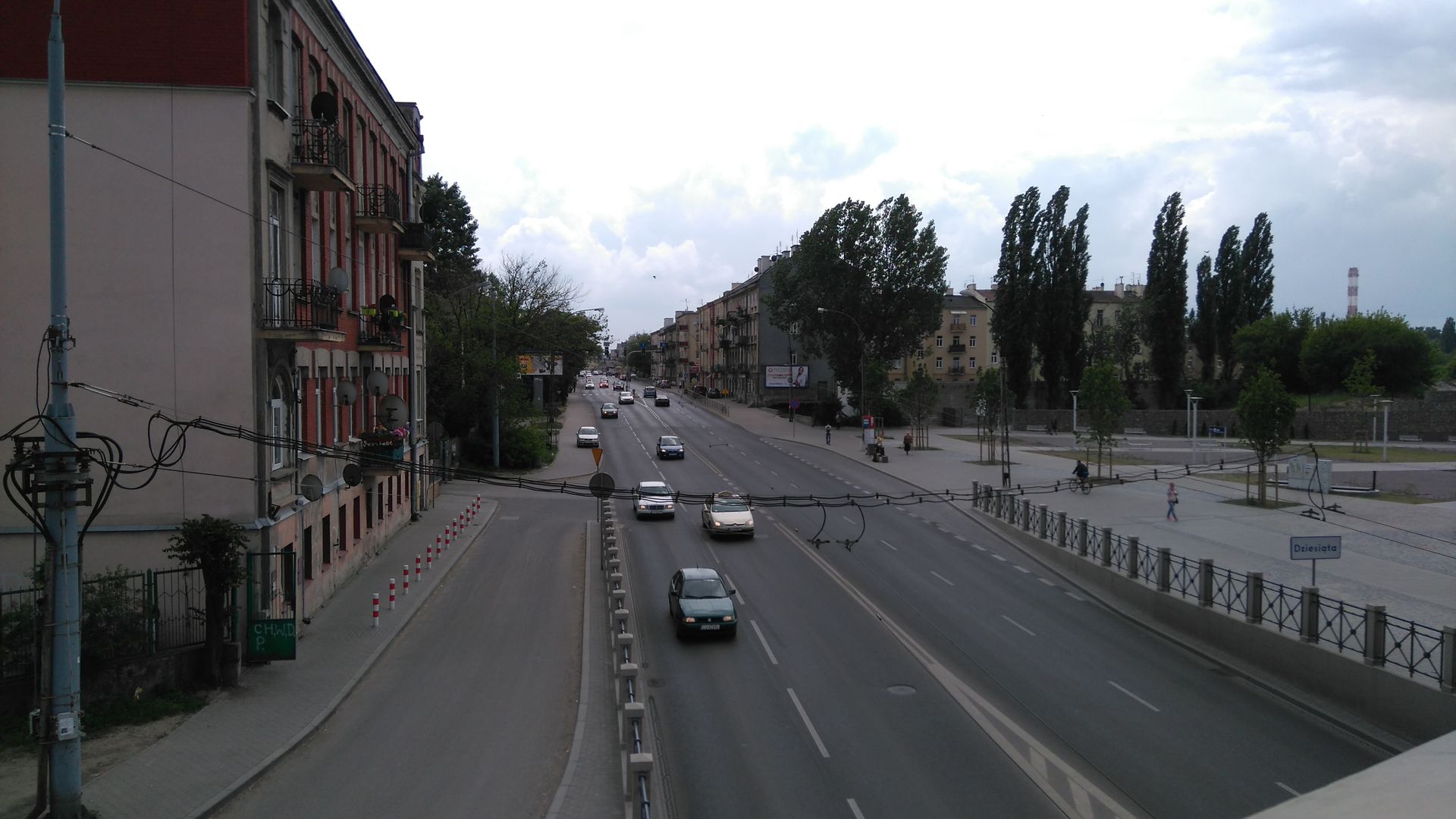Tenth
6.23

Overview
Dziesiąta is a district of Lublin whose name comes from a former village of the same name, which has existed since the 12th century. The history of Dziesiąta dates back to the times of the monarchy; in the 14th century, the village passed into the hands of the Lublin archdeacons. In the 16th century, a manor farm was established here, and the estate was resided by Jan Kochanowski, who immortalized Dziesiąta in his epigram. In the mid-19th century, an industrial settlement began to be built around Władysław Kunicki Street, which contributed to the development of small-town architecture. The interwar period was a time when Dziesiąta was designed as a garden city, which was partially realized, but World War II interrupted further development.
After 1944, following the end of World War II, the district developed dynamically. New blocks of flats and infrastructure were built, including the Leon Kruczkowski housing estate constructed between 1971 and 1975. In the 21st century, new projects were implemented, such as the Brzozy housing estate. Architecturally, Dziesiąta is characterized by a diversity of styles—from manor-like and semi-rural in the northern part, to simple, functional architecture of the Polish People's Republic era, up to modern buildings from recent decades. An interesting fact is that at the western end of the district lies Skwer Borowiczan, commemorating local fighters of the Polish Underground State.
The district is also home to significant institutions such as Browar Perła S.A., hospitals, a detention center, and schools. Two Roman Catholic parishes and a congregation of the Baptist Church of Christians play a unique role here. The administrative boundaries of Dziesiąta, established in 2009, cover an area of 6.61 km², where, as of 2018, 22,102 residents lived. The district also stands out for its rich sports infrastructure, including the stadium of the sports club "Sygnał" Lublin and allotment gardens, which are flooded by the Czerniejówka River, adding a specific character to the local landscape.
Location
Tickets
Powered by GetYourGuide
2025 Wizytor | All Rights Reserved